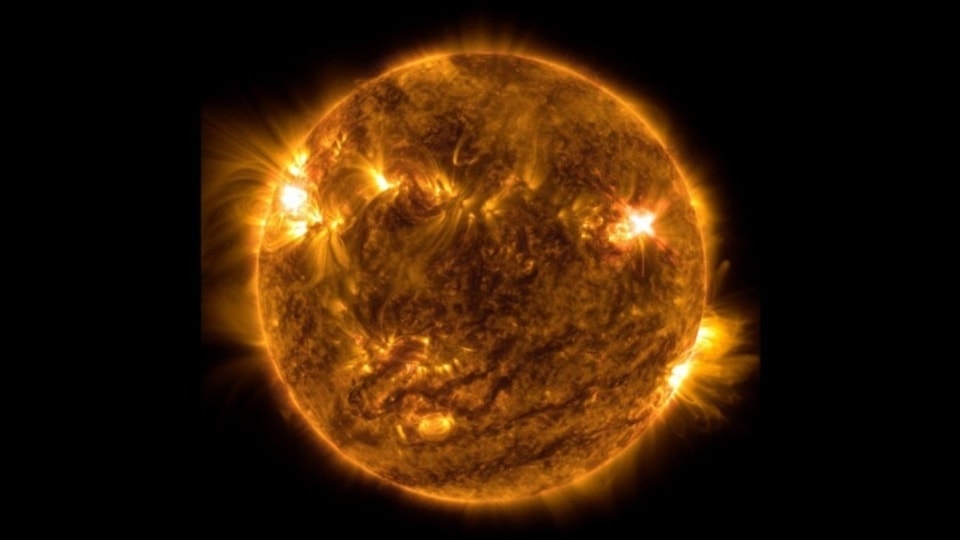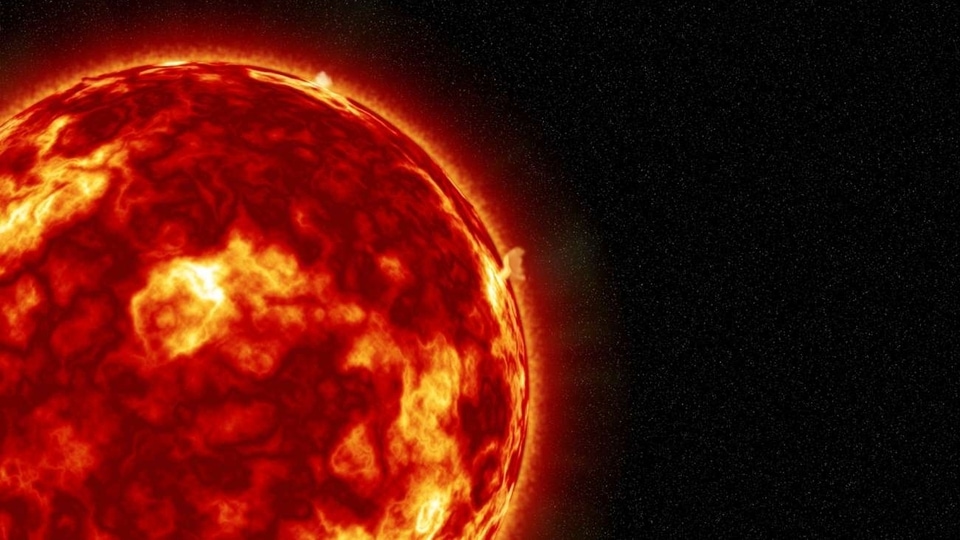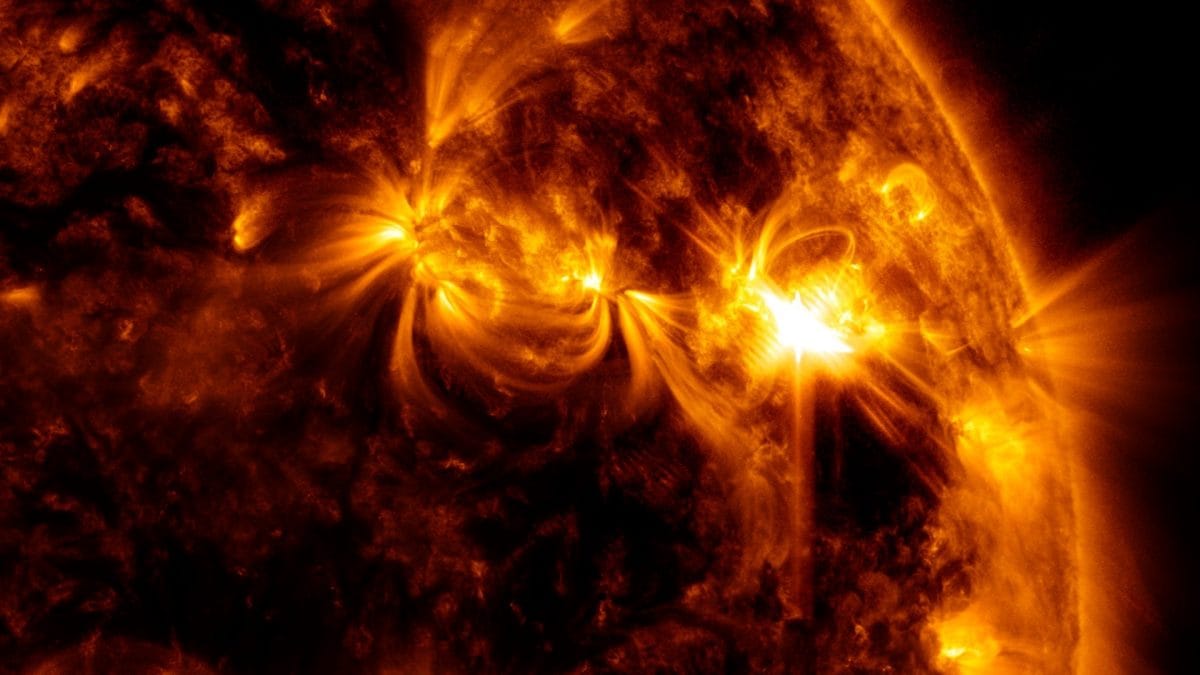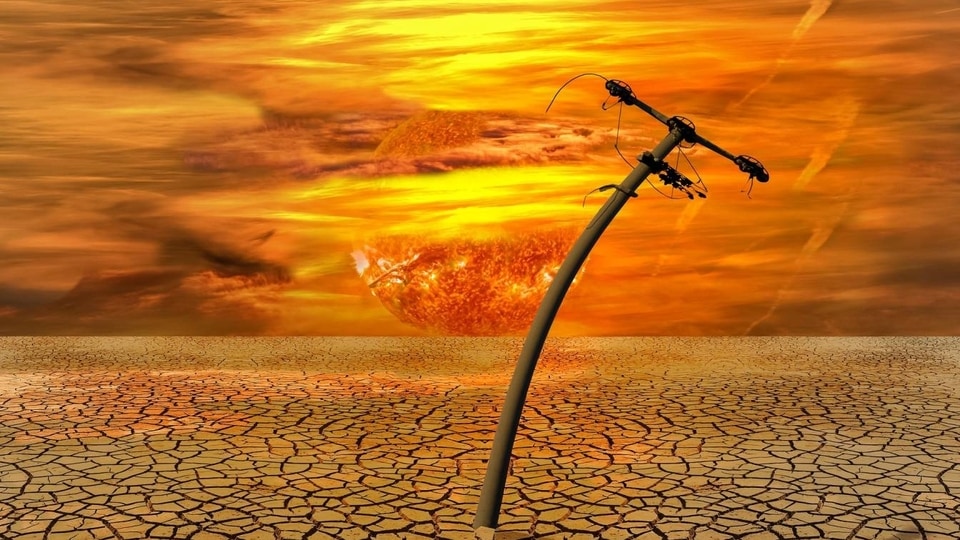Sun's solar activity to peak in 2 years, could cause "Internet Apocalypse"
Prepare for possible internet disruptions as the Sun's upcoming solar maximum could cause powerful storms.






 View all Images
View all ImagesExperts are talking about the Sun's solar cycles and how they can create powerful solar storms that might disrupt communications on Earth. The Washington Post recently reported that in 2025, the Sun will enter a phase called "solar maximum," which is a period of increased activity. Unfortunately, our modern digital world might not be ready for it. This news has sparked interest on social media, with some even calling it the "internet apocalypse." However, it's important to note that NASA, the American space agency, hasn't confirmed this possibility or commented on it.
Historical examples of Solar Storm disruptions
Despite the lack of official statements, many individuals are wondering what would happen if the internet were to be severely affected. Is this concern just hype? According to the Post, these worries are not completely unfounded. In the past, powerful solar storms have caused significant disruptions. For example, in 1859, the Carrington Event led to sparks in telegraph lines and even electrocuted operators. Additionally, in 1989, a solar storm caused a major power outage in Quebec that lasted for several hours.
The Post interviewed Sangeetha Abdu Jyothi, a computer science professor at the University of California, Irvine, who discussed the potential impact of a severe solar storm on our infrastructure. She pointed out that we've never experienced an extreme case event like this, so we don't know how our systems would respond. In fact, our current testing methods don't even include scenarios of this magnitude. Jyothi's research paper, titled 'Solar Superstorms: Planning for an Internet Apocalypse,' helped popularize the term.
Experts warn of infrastructure vulnerabilities and potential economic losses
According to Jyothi, a severe solar storm could disrupt large-scale infrastructure, such as undersea communication cables, leading to interruptions in long-distance connectivity. The Post mentioned that these outages could last for months. The economic consequences would be significant, with an estimated loss of over $11 billion for just one day of lost connectivity in the United States.
On July 4, while the US was celebrating Independence Day, the Sun showcased its some fireworks. Space weather physicist Tamitha Skov shared a video captured by NASA's Solar and Heliospheric Observatory (SOHO), showing solar storms known as coronal mass ejections (CMEs).
In short, It's important to stay informed about potential disruptions caused by solar activity, but it's equally important not to spread misinformation or unsubstantiated warnings. Scientists and experts are studying this topic to better understand the risks and prepare our infrastructure for any potential challenges ahead.
Catch all the Latest Tech News, Mobile News, Laptop News, Gaming news, Wearables News , How To News, also keep up with us on Whatsapp channel,Twitter, Facebook, Google News, and Instagram. For our latest videos, subscribe to our YouTube channel.































